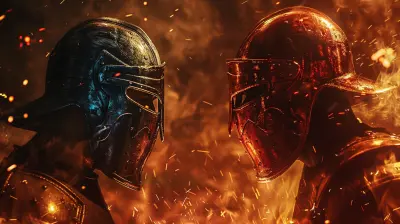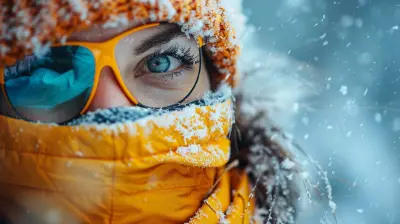The Benefits of Skiing with a Helmet: Safety First
11 June 2025
Let’s be totally honest — skiing is one of the most exhilarating sports out there. The thrill of carving down a snowy slope, the wind rushing past your face, and that unbeatable sense of freedom… it’s downright magical. But like any adrenaline-packed activity, skiing doesn't come without its share of risks. Falls happen, sometimes way too fast, and the terrain can be unforgiving. That’s where wearing a helmet becomes more than just a good idea — it’s a game-changer.
If you’ve ever wondered whether skiing with a helmet is really necessary, or if you think it’s just for kids or daredevils, this article is here to set the record straight. Let’s cut through the myths and talk real talk about why popping on a helmet might be one of the smartest choices you ever make on the slopes.
Why Helmet Use While Skiing Is a No-Brainer (Literally)
Protecting the Most Important Organ — Your Brain
Let’s start with the obvious — your brain is kind of a big deal. It controls every single thing you do, from balance to decision-making to memory. When you’re skiing, especially at high speeds or through unpredictable terrain, your chances of falling or colliding with something (or someone) go way up.Wearing a helmet acts like a shield for your brain. It absorbs the impact if you hit your head, dramatically reducing the risk of traumatic brain injuries (TBIs), concussions, or worse. Think of it as the life insurance policy you wear on your head.
And just to be super clear: even the best skiers on Earth aren’t immune from accidents. If world champions wear helmets, why wouldn’t we?
It's Not Just About Big Crashes
People often assume helmets are only for those “crazy” wipeouts where someone flies off a jump and crashes headfirst into a tree. But bumps and bruises can come from even mild spills or unexpected ice patches. You might just lose your balance hopping off a lift or trying to avoid a snowboarder.Even a low-speed fall can cause a serious head injury if you land the wrong way. Helmets help reduce the severity of minor injuries too, making them a wise choice for skiers of all levels.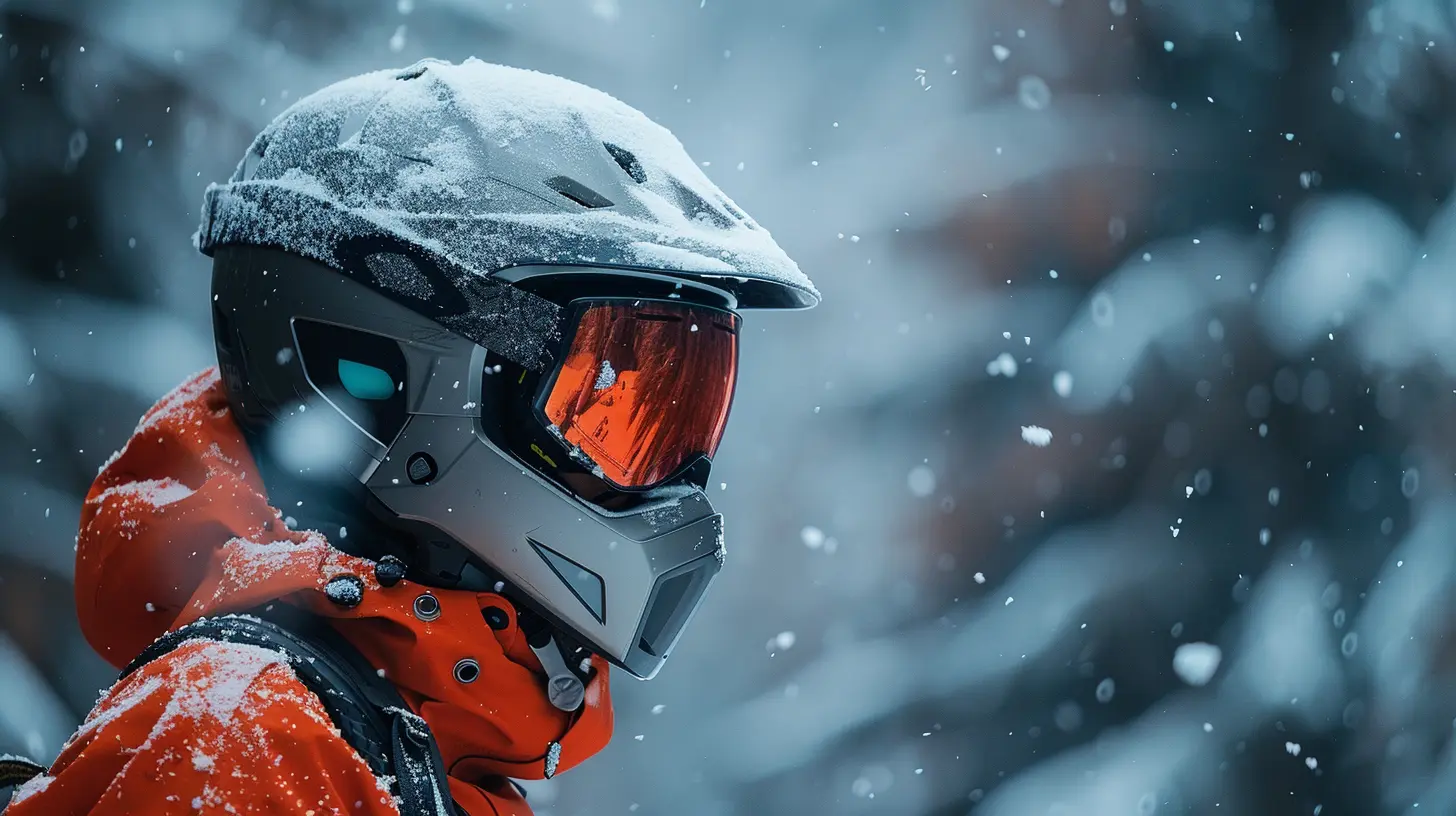
Myth Busting: Helmets Don’t Make You Invincible
Safety Gear Doesn’t Replace Smart Skiing
Quick reality check — wearing a helmet doesn't mean you're now immune to danger. It's not a “get out of jail free” card. Some people, unfortunately, develop a false sense of security when they're geared up, taking unnecessary risks.A helmet is a layer of protection, not permission to bomb the hill without control. Being responsible, staying aware of your surroundings, and skiing within your limits will always be part of the safety package.
Style Isn’t Sacrificed
One of the biggest hang-ups people have is that helmets make them look goofy or uncool. But let’s squash that old-school thinking right now. Modern ski helmets are sleek, stylish, and downright awesome. Plus, they come in every color and style you can imagine — some even have customizable liners, built-in headphones, and GoPro mounts.Trust me, nothing kills the vibe faster than a trip to the hospital. Safety is stylish now.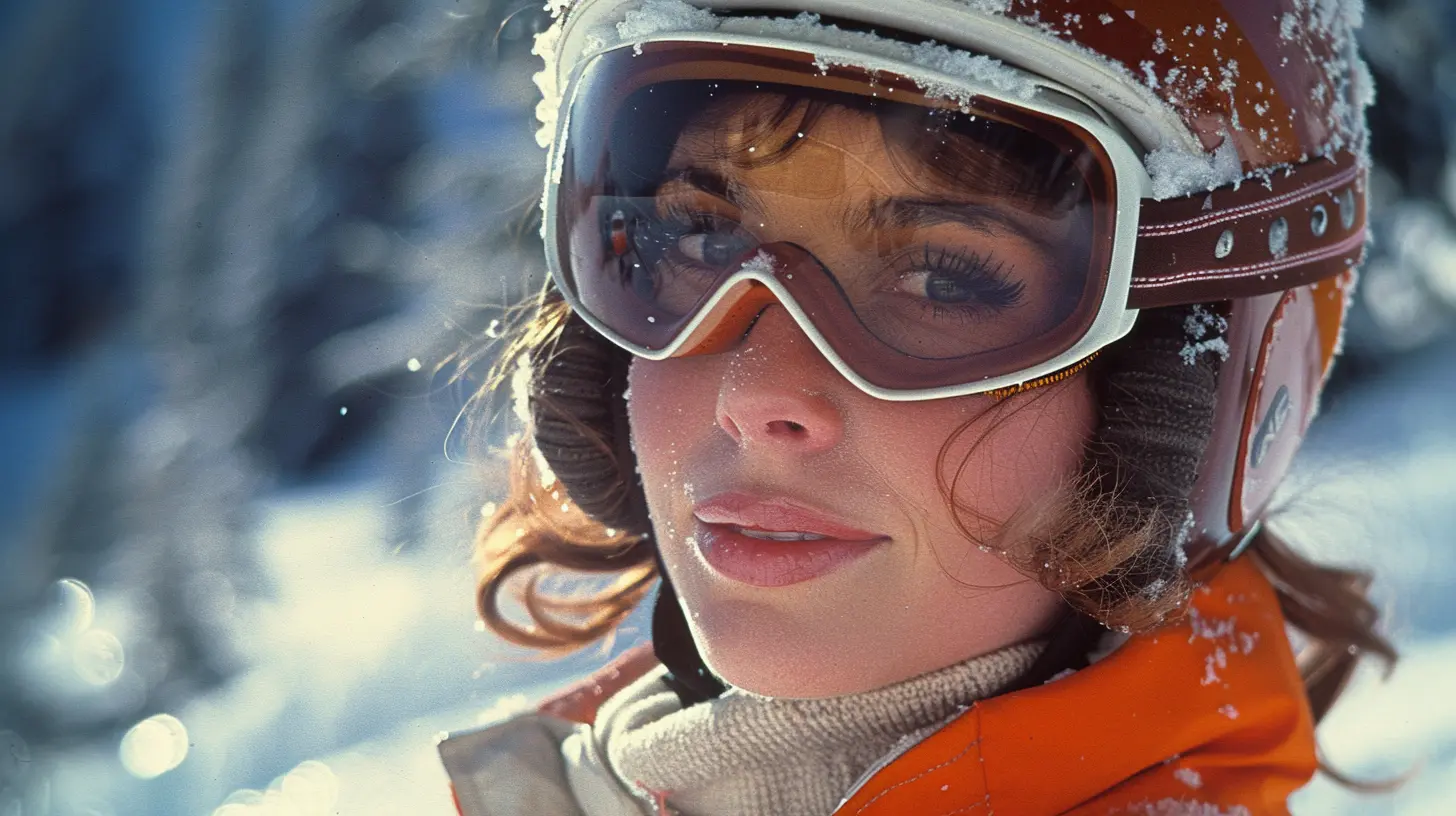
The Hidden Perks of Wearing a Helmet
Let’s get into some of the benefits that don’t get talked about as much but totally deserve the spotlight.Warmth and Comfort
You know that feeling when an icy gust of wind whips across your ears? Brutal. Helmets add serious insulation, keeping your head warm and cozy all day — no need for bulky hats that slide around.Most helmets are built with vents you can adjust depending on the weather, so you stay comfortable whether it’s snowing sideways or sunny and bluebird.
Better Fit for Goggles
Helmets and goggles are like peanut butter and jelly — they just work better together. A helmet keeps your goggles snug and secure, reducing goggle fogging and preventing those annoying mid-run readjustments. Many helmets are even designed with integrated goggle clips and seals to prevent the dreaded forehead gap — aka “gaper gap.”Built-In Tech Goodies
Today’s ski helmets are packed with features. Think Bluetooth connectivity, speakers for your tunes, built-in lights for night skiing, and advanced moisture-wicking liners. Wearing one doesn’t just keep your head safe — it upgrades your whole skiing experience.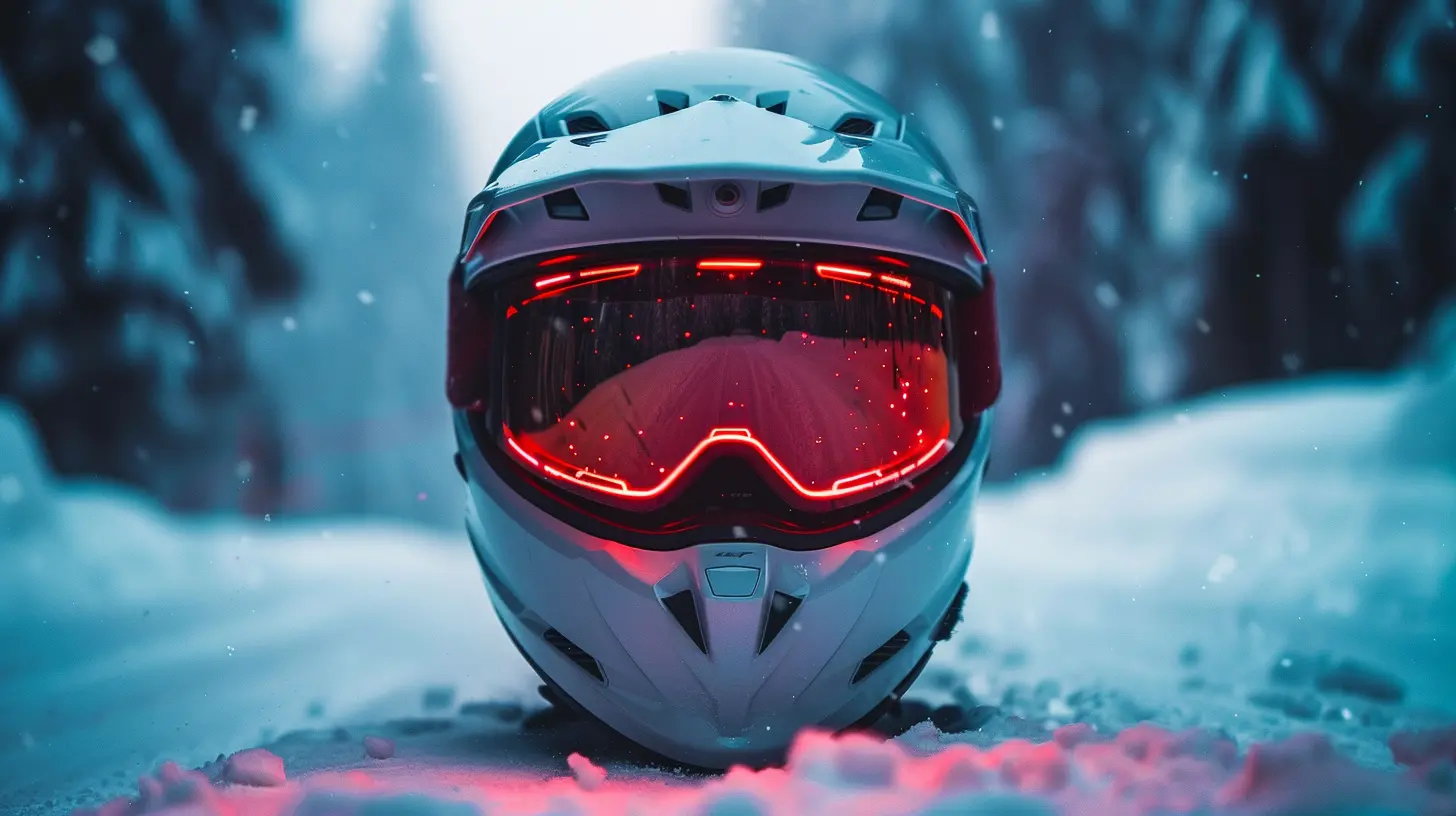
Helmet Laws and Awareness on the Rise
Many ski resorts and countries are starting to get more serious about helmet use. In countries like Italy and Austria, helmets are already mandatory for children. Resorts around the world are heavily promoting helmet use by offering discounts or rentals with included helmets.And here’s the kicker — a growing number of skiers are voluntarily choosing to wear helmets. The National Ski Areas Association (NSAA) in the U.S. reported that over 80% of skiers and snowboarders now wear helmets. Nope, it’s not just a trend — it’s the new normal.
Helmets and Kids: No Negotiations Here
When it comes to young skiers, a helmet should be non-negotiable. Kids are still learning coordination, judgment, and control — all crucial in skiing. They fall more often and don’t always gauge speed or surroundings well.Bottom line? A child should always, always wear a helmet on the slopes. It’s the simplest and most effective way to protect their developing brains while they have fun learning.
Parents — set the example. Your kids will follow your lead.
Choosing the Right Helmet: What You Need to Know
Buying a ski helmet isn’t just about picking the prettiest one on the shelf. Here are a few things to keep in mind:Sizing Matters
A helmet should fit snugly but not too tight. You don’t want it moving around, and it shouldn’t give you a headache. Most helmets come with adjustable dials or padding for a personalized fit.Certification Is Key
Make sure the helmet meets safety standards like ASTM F2040, CE EN1077, or Snell RS-98. These certifications mean it’s been tested to withstand impact and protect you effectively.Ventilation and Features
Look for adjustable vents, moisture-wicking liners, and compatibility with your goggles. If you’re into music or filming, consider helmets with built-in audio or camera mounts.Real Stories: Accidents That Could Have Been Worse
Still on the fence? Let’s talk stories. There are countless accounts of skiers who walked away from gnarly crashes only because they were wearing helmets.Take Sarah, an intermediate skier from Colorado. She caught an edge while turning and slammed into a tree. Her helmet cracked, but her head didn’t. She walked away with a sore neck and a renewed appreciation for safety gear.
Or consider Max, a snowboarder who got blindsided by another rider in the terrain park. He hit the jump lip headfirst — his helmet saved him from a concussion or worse. No hospital trip, no nightmare injury, just a reminder that helmets aren’t optional.
These aren’t rare stories. They happen every season. A helmet turns a potential emergency into a lesson learned.
The Mental Boost: Confidence with Caution
Ever found yourself holding back on a run because you're worried about falling? A helmet can do something amazing for your mindset. It gives you a little extra comfort and peace of mind so you can focus on skiing smart and strong.Now, don’t confuse this with pushing beyond your skill level. But sometimes, knowing you’ve taken that extra precaution can ease your nerves and help you enjoy the ride more — and that’s what skiing is all about.
Helmets Are a Small Price for a Big Payoff
Let’s face it — skiing isn’t a cheap hobby. Between lift tickets, gear, travel, and those après-ski hot chocolates, the costs can stack up quickly. Adding a helmet to your list of essentials? Totally worth it.You can snag a solid, safety-certified helmet for under $100. That's a small price to pay for something that can literally save your life.
And here’s another plus: helmets last several seasons if you take care of them. Just don’t use them again after a major impact — they’re like air bags: one-time use.
Final Thoughts: Make It a Habit, Not an Option
So here’s the takeaway: skiing with a helmet shouldn't be up for debate. It's not just for extreme athletes or kids. It’s for every skier who cares about their safety and wants to enjoy the mountain with a little more peace of mind.Think of a helmet like your ski pass — you wouldn’t hit the slopes without it, right?
Next time you gear up for your snowy adventure, make “helmet on” part of your ritual. Because when it comes to having fun, safety doesn’t slow you down — it keeps you going.
Let’s ski smart, ski safe, and keep those memories on the mountain, not in the ER.
all images in this post were generated using AI tools
Category:
SkiingAuthor:

Everett Davis
Discussion
rate this article
2 comments
Dash McGee
Stay safe and ski smart—enjoy every run!
June 18, 2025 at 12:14 PM

Everett Davis
Thank you! Safety first makes every run more enjoyable!
Melissa Green
Great article! Helmets are essential for safety on the slopes. They not only protect against injuries but also boost confidence, allowing skiers to enjoy the sport even more.
June 11, 2025 at 11:05 AM

Everett Davis
Thank you! I'm glad you found the article informative. Helmets truly do enhance both safety and enjoyment on the slopes!

